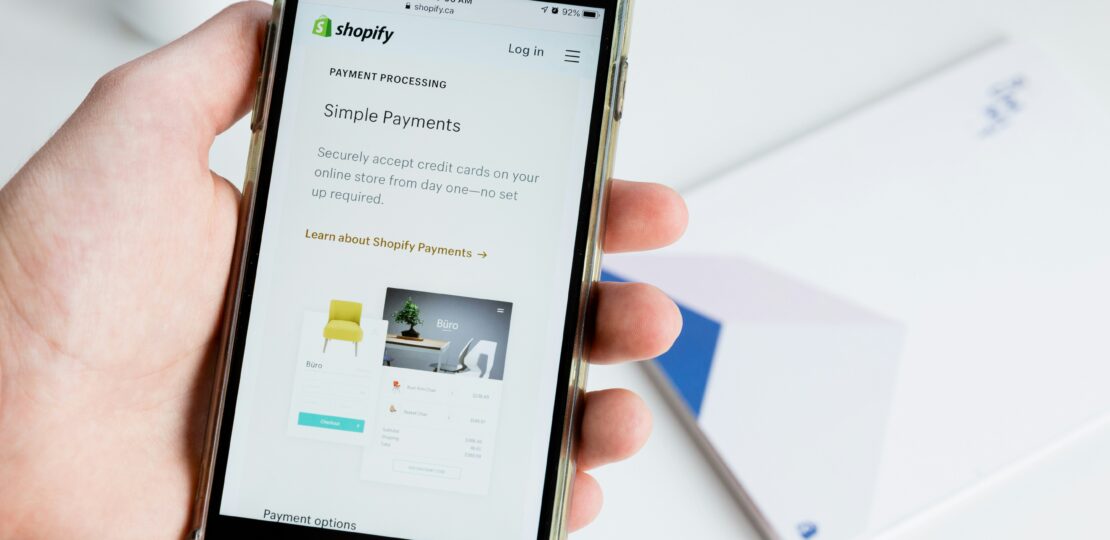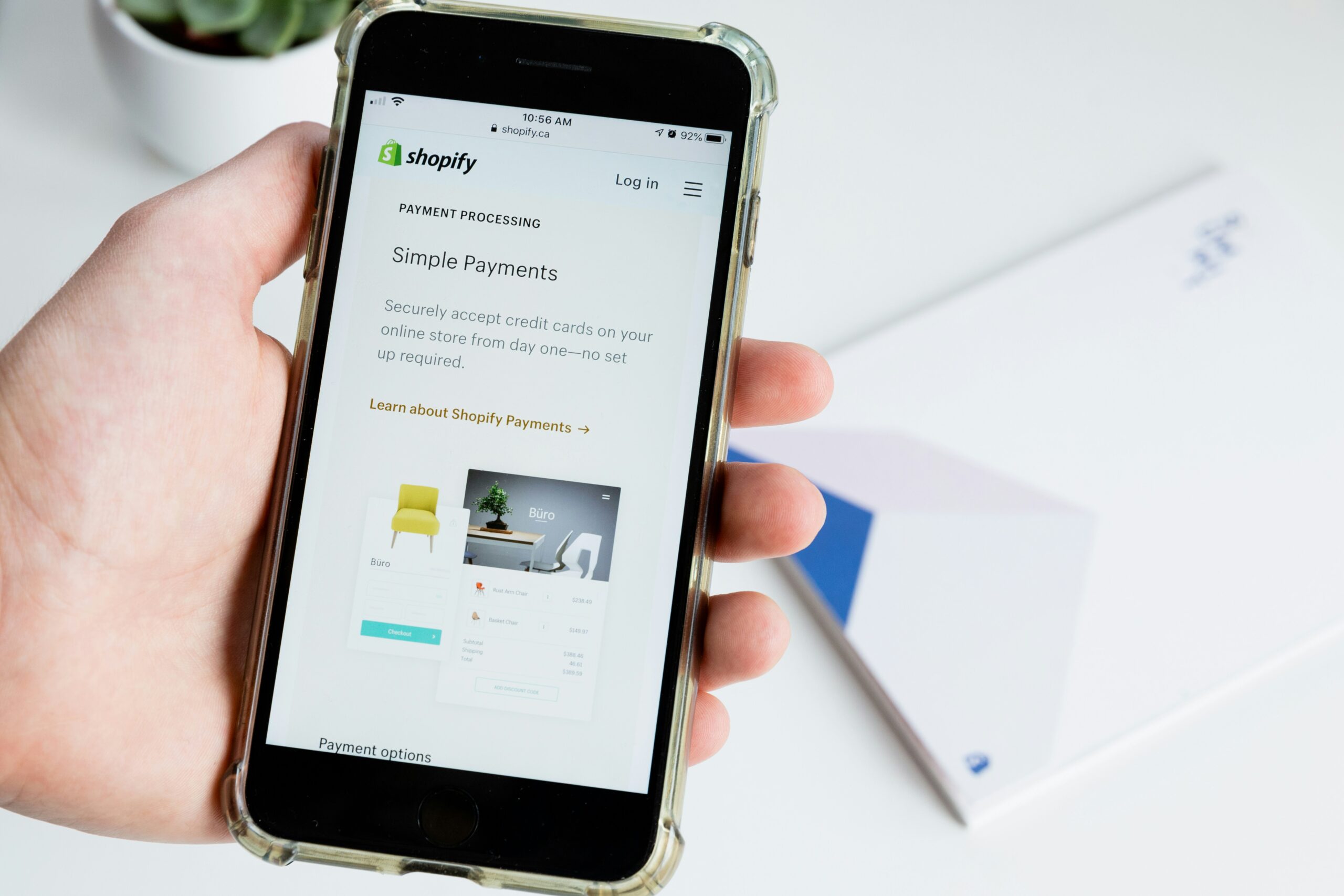Adopting Flexible Payment Options to Reduce Purchase Friction
October 21, 2025 | by qqvmedia.com


Understanding Purchase Friction
Purchase friction refers to the barriers that hinder consumers from completing a transaction. This phenomenon can considerably impact consumer behavior, as it often leads to abandoned shopping carts and lost sales opportunities. Various elements contribute to purchase friction, significantly complicating the buying process and leaving customers frustrated. For businesses, acknowledging and addressing these factors is essential for optimizing customer experience and boosting conversion rates.
One of the primary causes of purchase friction is a complex checkout process. When consumers are faced with numerous steps, ambiguous instructions, or redundant information requests during checkout, they are more likely to abandon their purchase entirely. Simplifying this process by streamlining the number of steps, offering a guest checkout option, or pre-filling known information can greatly enhance the user’s experience.
Limited payment options also play a crucial role in creating purchase friction. Different customers prefer various payment methods based on convenience and security, and businesses that do not offer a variety of payment options may alienate potential buyers. By providing flexible payment methods—such as credit and debit cards, mobile wallets, or installment plans—companies can cater to a broader audience, thereby reducing barriers to purchase.
Moreover, lengthy payment procedures contribute to the overall friction experienced during the purchasing process. Waiting for page loads or navigating through multiple prompts can lead to consumer impatience. Quick and efficient payment processing systems can alleviate this issue, making the transaction swift and hassle-free.
Ultimately, reducing purchase friction is essential for enhancing customer satisfaction. By addressing these pain points, businesses can foster a smoother shopping experience, which can directly influence conversion rates and customer loyalty in the long run.
Diverse Payment Methods to Meet Customer Preferences
In today’s competitive e-commerce landscape, providing diverse payment methods is essential for businesses striving to enhance their customer experience. By incorporating options such as buy-now-pay-later (BNPL) services, digital wallets, and cryptocurrencies, retailers can cater to a wide range of consumer preferences, ultimately reducing purchase friction. This selection of payment methods not only aligns with various shopping habits but also addresses the growing demand for convenience and flexibility among consumers.
Buy-now-pay-later services have gained substantial traction, enabling customers to make purchases without immediate payment burdens. This method allows shoppers to split their total cost into manageable installments, which can significantly encourage higher conversion rates and average order values. By offering BNPL options, businesses can attract price-sensitive customers who may otherwise hesitate to complete their transactions due to upfront payment concerns.
In addition to BNPL, digital wallets, including popular options like Apple Pay and Google Wallet, are becoming increasingly preferred among consumers. These digital payment systems provide a seamless checkout experience by allowing customers to store their payment information securely and make purchases with a simple tap or click. Implementing these wallet options can streamline the buying process, thereby minimizing cart abandonment rates and improving overall user satisfaction.
Furthermore, the rise of cryptocurrencies as a payment option has marked a significant shift in consumer spending habits. Accepting digital currencies allows businesses to appeal to tech-savvy customers who value innovative solutions and decentralized transactions. This approach not only differentiates a brand in a saturated market but also signals adaptability to new trends and technologies.
Incorporating a variety of payment methods is not merely an enhancement; it serves as a strategic initiative that meets diverse consumer expectations. By doing so, retailers can create a more inclusive and user-friendly shopping experience, ultimately fostering customer loyalty and driving sales growth.
Integrating Flexible Payment Solutions
As the landscape of e-commerce continues to evolve, the integration of flexible payment solutions has become a vital strategy for enhancing customer experience and reducing purchase friction. By adopting services such as Klarna and PayPal, retailers can offer customers the option to make installment payments, thereby increasing accessibility and encouraging larger purchases. The process begins with selecting the right payment solutions that align with the business model and target audience. Klarna, for instance, allows customers to split their payments into manageable installments, which can significantly drive sales and reduce cart abandonment rates.
Implementing these payment methods involves ensuring that all payment gateways are mobile-friendly. With an increasing number of consumers using mobile devices for shopping, optimizing the payment process for these platforms is imperative. Retailers should prioritize a responsive design that streamlines payment confirmations, minimizes loading times, and maintains a user-friendly interface. Integration can also entail working closely with IT departments or third-party service providers to customize the payment gateway functionalities, ensuring they meet both business needs and customer expectations.
Seamless integration is crucial not only for facilitating transactions but for enhancing the overall user experience. Customers should encounter a straightforward checkout process that allows them to select their preferred payment method without unnecessary complications. Factors such as transaction security, speed, and reliability must be top considerations during this implementation phase. Additionally, providing clear information regarding terms and conditions, such as interest rates or payment schedules, can instill confidence and foster trust, thereby encouraging users to complete their purchases.
Ultimately, effectively integrating flexible payment solutions is a strategic move that can lead to higher conversion rates, improved customer satisfaction, and a more resilient e-commerce platform. Retailers who invest in these technologies may find themselves well-positioned in the changing dynamics of consumer behavior and purchasing preferences.
Building Trust and Reducing Cart Abandonment Rates
Building trust with customers is paramount in e-commerce, particularly regarding payment options. A seamless and transparent checkout process can significantly diminish cart abandonment rates, which adversely affect sales. One effective strategy to build confidence is to prominently display all available payment options during the checkout. This ensures that customers are aware of the flexibility available to them, making it easier to complete their purchase.
Additionally, transparency about fees and terms associated with various payment methods is crucial. Providing clear information regarding transaction fees, interest rates, or other charges upfront mitigates potential surprises that may arise later in the purchasing process. Such transparency fosters a sense of honesty that reassures customers, further solidifying their trust in the retailer. Consider employing visual aids, such as icons or badges, to indicate accepted payment methods, which can enhance customer confidence in the transaction’s security.
Another key approach to enhancing trust is integrating well-known payment processors or options familiar to customers. Names like PayPal, Apple Pay, and Google Pay are often associated with secure transactions. Featuring these payment options can reassure customers that their financial information is handled securely, which can significantly reduce hesitance during the purchase process.
Trust also stems from responsive customer service. Offering easily accessible support during the checkout process allows customers to address immediate concerns regarding payment options. Live chat features or responsive FAQs addressing common payment-related questions can improve the overall customer experience, reinforcing their confidence in proceeding with their purchases.
Ultimately, fostering trust through effective communication about payment options and ensuring transparency can substantially decrease cart abandonment rates. In ensuring customers feel secure and informed, retailers can enhance their sales potential by leveraging flexible payment options as a strategic tool in maximizing conversion rates.
RELATED POSTS
View all


